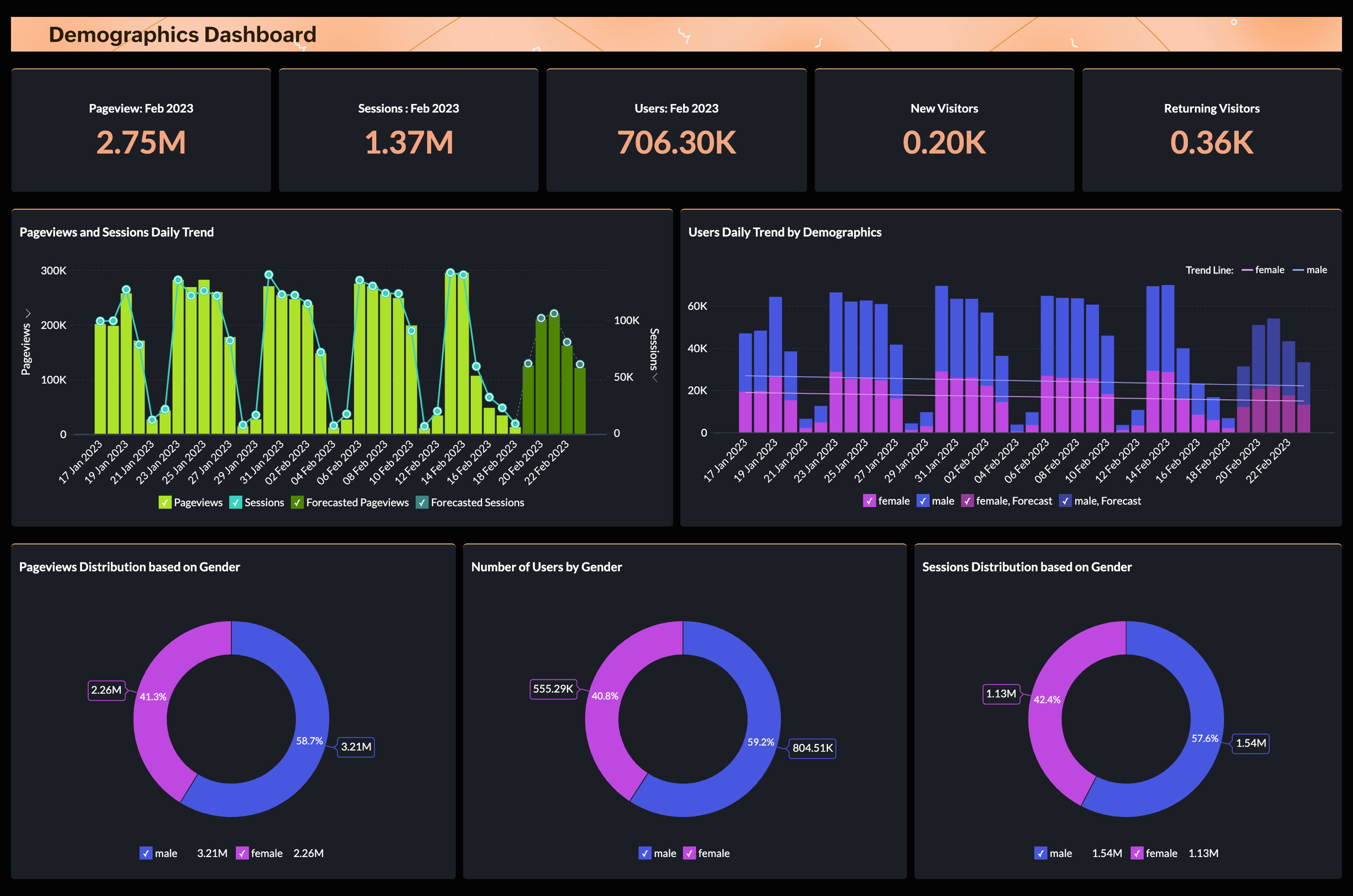Mastering What is a "Dimension" in Google Analytics for Improved Tracking and Metrics
Mastering What is a "Dimension" in Google Analytics for Improved Tracking and Metrics
Blog Article
Enhance Your Coverage Precision Making Use Of Google Analytics Dimensions: A Comprehensive Guide

Recognizing Google Analytics Capacities

Google Analytics supplies default dimensions, such as "web page sights" and "session duration," yet customers can likewise produce personalized dimensions to track details data factors relevant to their organization goals. In conclusion, grasping Google Analytics dimensions is important for unlocking important understandings that can inform calculated decision-making and boost general efficiency.
Relevance of Information Accuracy
Relocating past simply understanding Google Analytics measurements, it becomes obvious that ensuring information precision is extremely important in deriving meaningful insights and making educated company choices. Data accuracy forms the structure upon which all subsequent evaluations and decisions depend. Unreliable data can lead to flawed final thoughts, illinformed methods, and squandered sources. By making certain the accuracy of your data, you can with confidence rely on the understandings obtained from Google Analytics measurements, allowing you to make informed decisions that drive business growth.
Information accuracy additionally promotes trust fund amongst stakeholders. When reports are based upon precise and trustworthy information, decision-makers are extra most likely to have self-confidence in the insights presented to them. This trust is vital for constructing strong connections with customers, partners, and coworkers, as it shows a dedication to transparency and honesty in your reporting practices.
Advanced Measurement Personalization
Enhancing the deepness of data evaluation within Google Analytics includes diving into the world of Advanced Measurement Personalization. This feature allows customers to produce personalized dimensions to further sector and examine data past the default measurements offered by Google Analytics. what is a “dimension” in google analytics?. By defining particular specifications that pertain to your company objectives, you can acquire deeper understandings into individual actions, campaign efficiency, and various other crucial metrics
Advanced Measurement Customization equips customers to tailor their analytics records to concentrate on the most important facets of their website or application efficiency. Whether it's tracking interactions with specific aspects, checking the habits of different individual sections, or assessing the impact of customized events, custom dimensions provide a effective and adaptable device for enhancing data analysis capacities.
Applying Measurement Filters
Building upon the capability to customize dimensions for innovative information analysis, the next action in maximizing your Google Analytics insights entails the implementation of measurement filters. Measurement filters enable you to refine your information by including or omitting specific worths, providing a much more focused view of your internet site or app performance. By using dimension filters, you can section your data to examine the actions of specific individual groups, track the efficiency of certain pages or sections, or leave out internal web traffic from your reports, making certain that your insights are based upon appropriate information.
To carry out measurement filters in Google Analytics, navigate to the Admin area, pick the View page where you intend to use the filter, and click on Filters under the View column. From there, you can create a new filter, define the dimension you wish to filter, set the filtering conditions, and apply the filter to your data. By efficiently making use of dimension filters, you can improve the precision and significance of your coverage, bring about even more enlightened decision-making and boosted overall efficiency.
Measurement Analysis Strategies
When diving right into the realm of dimension analysis in Google Analytics, comprehending different methods is critical for extracting useful understandings. One important strategy is segmenting measurements to separate specific subsets of data for comprehensive analysis. By creating segments based on measurements like web traffic resources or customer demographics, experts can discover patterns and patterns that may not be obvious when considering the information as a whole.
An additional crucial technique is making use of custom-made dimensions to track extra details concerning individuals or interactions on an internet site. Custom-made measurements permit an extra granular evaluation of data, providing much deeper understandings right into individual behavior and preferences. By establishing customized dimensions for certain occasions or user characteristics, experts can tailor their records to answer certain organization concerns.
In addition, the technique of combining measurements can use a much more comprehensive view of individual behavior. By cross-referencing measurements like website traffic resources with individual areas or tools, analysts can gain a far better understanding of exactly how various factors affect individual communications on a web site. On the whole, understanding these dimension evaluation techniques can significantly enhance the precision and deepness of reporting in Google Analytics.
Conclusion
To conclude, grasping Google Analytics measurements is important for enhancing reporting accuracy and acquiring beneficial insights right into individual behavior. By utilizing both default and custom dimensions, services can customize their analytics to reflect details goals and metrics. Applying dimension filters allows for polished evaluation, concentrating on relevant information and leaving out sound. Advanced segmentation and cross-referencing techniques deepen understanding, allowing informed decision-making and click this site method development based on exact, trustworthy Home Page info. This extensive technique ensures data stability and boosts total reporting techniques.
Dimensions in Google Analytics are the characteristics of your information, such as the resource of website traffic, the tool made use of, or the geographic location of the user.Google Analytics uses default dimensions, such as "page sights" and "session duration," yet customers can additionally produce custom dimensions to track particular data factors pertinent to their business objectives.Moving beyond merely understanding Google Analytics measurements, it becomes noticeable that guaranteeing data accuracy is critical in acquiring meaningful insights and making informed business decisions.Structure upon the capacity to customize dimensions for advanced data evaluation, the next action in maximizing your Google Analytics understandings involves the application of measurement filters. By using dimension filters, you can segment your information to analyze the habits of specific customer groups, track the performance of particular web pages or areas, or leave out internal web traffic from your reports, making certain that your understandings are based on relevant information.
Report this page